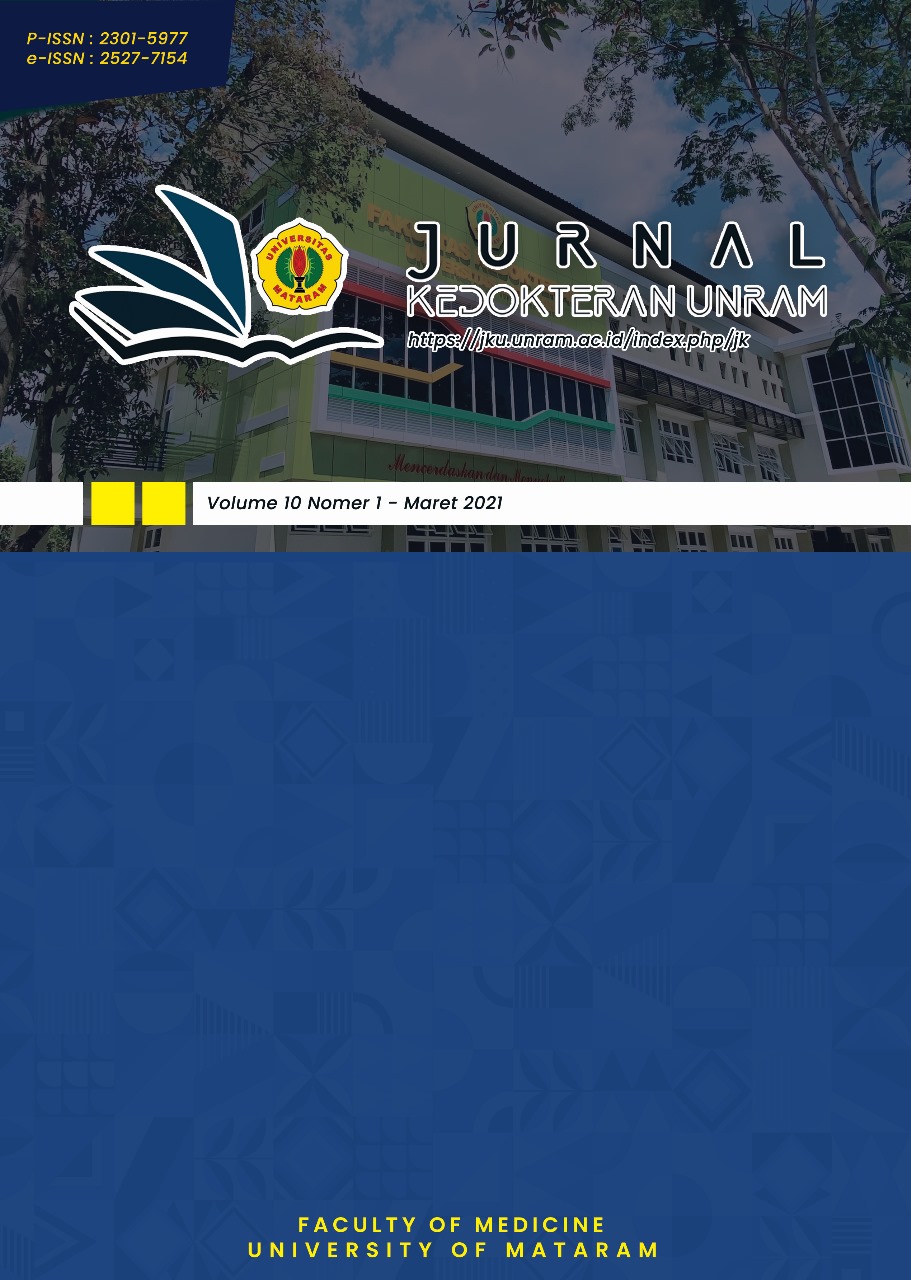Pemanfaatan Senyawa Flavonoid sebagai Antioksidan pada Penderita Hiperkolesterolemia: Studi Literatur
DOI:
https://doi.org/10.29303/jk.v13i3.5388Keywords:
Hypercholesterolemia, flavonoids, antioxidants, oxidative stressAbstract
Hypercholesterolemia is a condition characterized by abnormal lipid profiles in the blood, including total cholesterol, low-density lipoprotein (LDL), and triglycerides. Hypercholesterolemia can trigger oxidative stress, which may lead to several chronic diseases, such as atherosclerosis, cardiovascular disease, stroke, and type 2 diabetes mellitus. The utilization of active compounds from plants, commonly found in Indonesian communities, is believed to provide positive effects on hypercholesterolemia. Active compounds like flavonoids, according to several studies, can act as antioxidants in suppressing the rate of oxidative stress. Oxidative stress is one of the major risk factors for hypercholesterolemia. The purpose of this literature review is to examine the mechanisms of flavonoid compounds as antioxidants in the treatment of hypercholesterolemia. This review was compiled by gathering articles from Google Scholar, Science Direct, Proquest, and Pubmed. The extracted data were analyzed to summarize findings related to the effects of flavonoid active compounds on hypercholesterolemia.
Flavonoid active compounds that can be isolated from plants have various positive effects on hypercholesterolemia. These positive effects may occur through various mechanisms, including acting as antioxidants to prevent oxidative stress, helping to increase levels of antioxidant enzymes, and regulating the expression of antioxidant genes such as SOD, CAT, and GSHPx. Flavonoids can also inhibit HMG-CoA reductase and enhance LDL receptors involved in cholesterol synthesis and transport. Flavonoids may also affect cholesterol efflux capacity in macrophages by inhibiting SR-A and CD36 receptors, while increasing ABCA1, ABCG1, and SR-B1. Flavonoids are compounds with potential in preventing and treating hypercholesterolemia through various mechanisms. The active mechanisms of flavonoids can influence the metabolic and genetic aspects of hypercholesterolemia patients.
Keywords: Hypercholesterolemia, Flavonoids, Antioxidants, Oxidative Stress.
Downloads
Published
Issue
Section
License
Authors who publish with Unram Medical Journal, agree to the following terms:
- Authors retain copyright and grant the journal right of first publication with the work simultaneously licensed under a Creative Commons Attribution 4.0 International License (CC-BY License). This license allows authors to use all articles, data sets, graphics, and appendices in data mining applications, search engines, websites, blogs, and other platforms by providing an appropriate reference. The journal allows the author(s) to hold the copyright without restrictions and will retain publishing rights without restrictions.
- Authors are able to enter into separate, additional contractual arrangements for the non-exclusive distribution of the journal's published version of the work (e.g., post it to an institutional repository or publish it in a book), with an acknowledgment of its initial publication in University of Mataram's Journal of Medicine.
- Authors are permitted and encouraged to post their work online (e.g., in institutional repositories or on their website) prior to and during the submission process, as it can lead to productive exchanges, as well as earlier and greater citation of published work (See The Effect of Open Access).
- This journal is open access journal which means that all content is freely available without charge to users or / institution. Users are allowed to read, download, copy, distribute, print, search, or link to full text articles in this journal without asking prior permission from the publisher or author.







